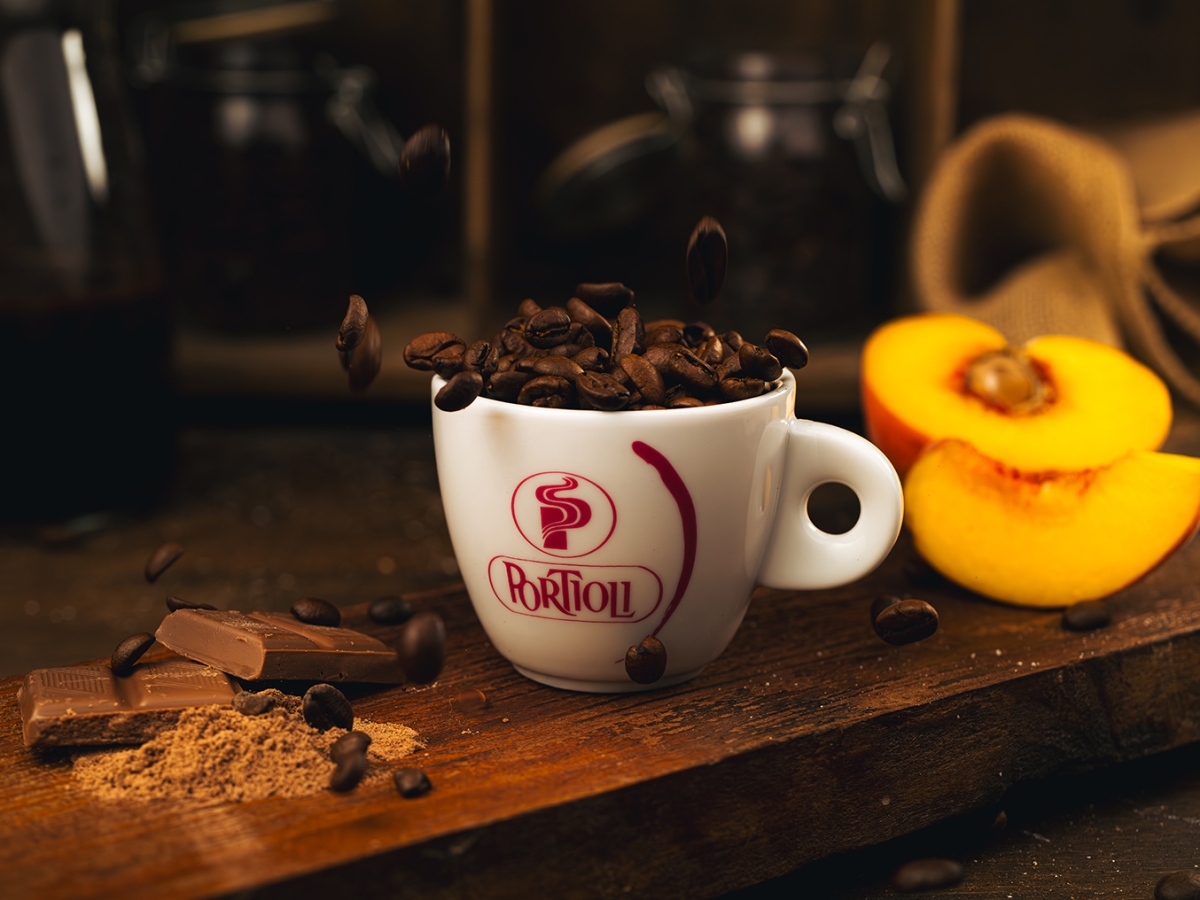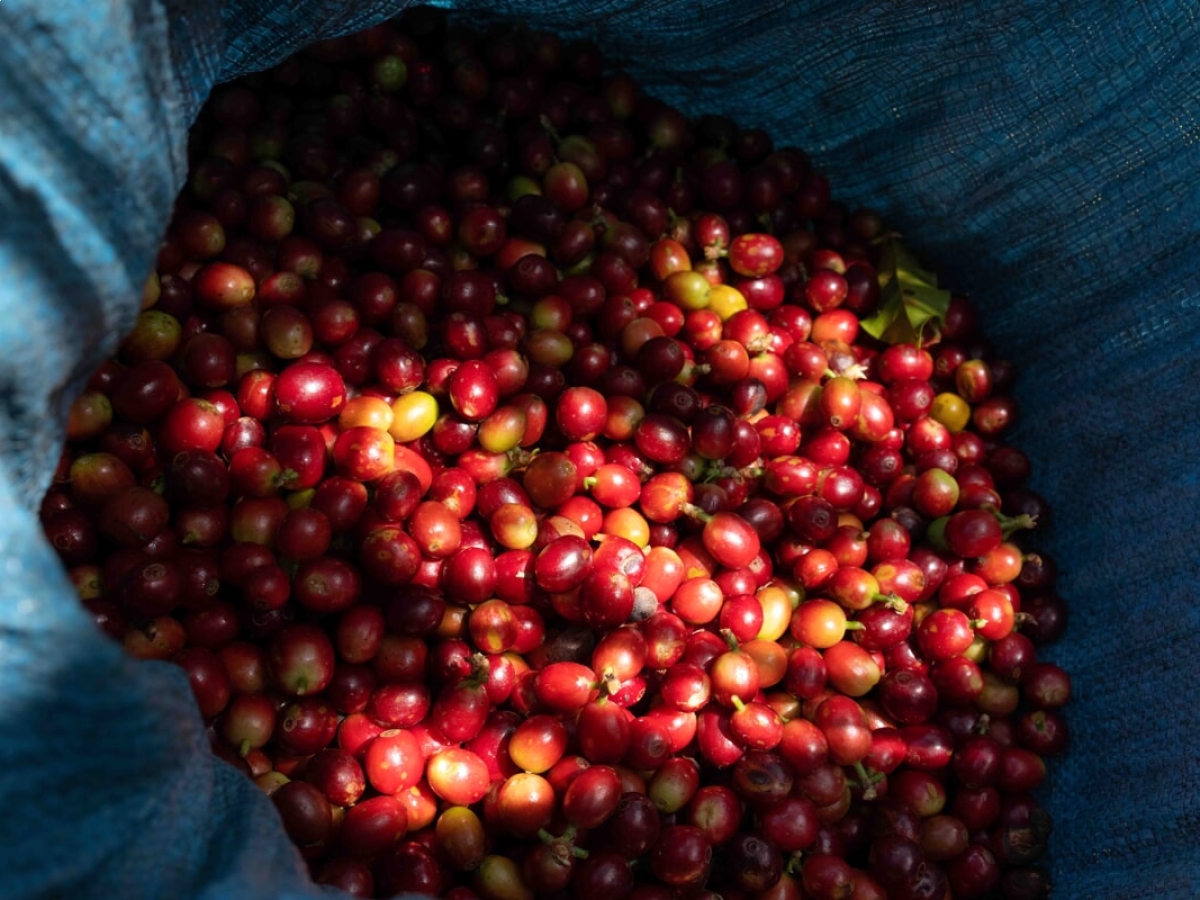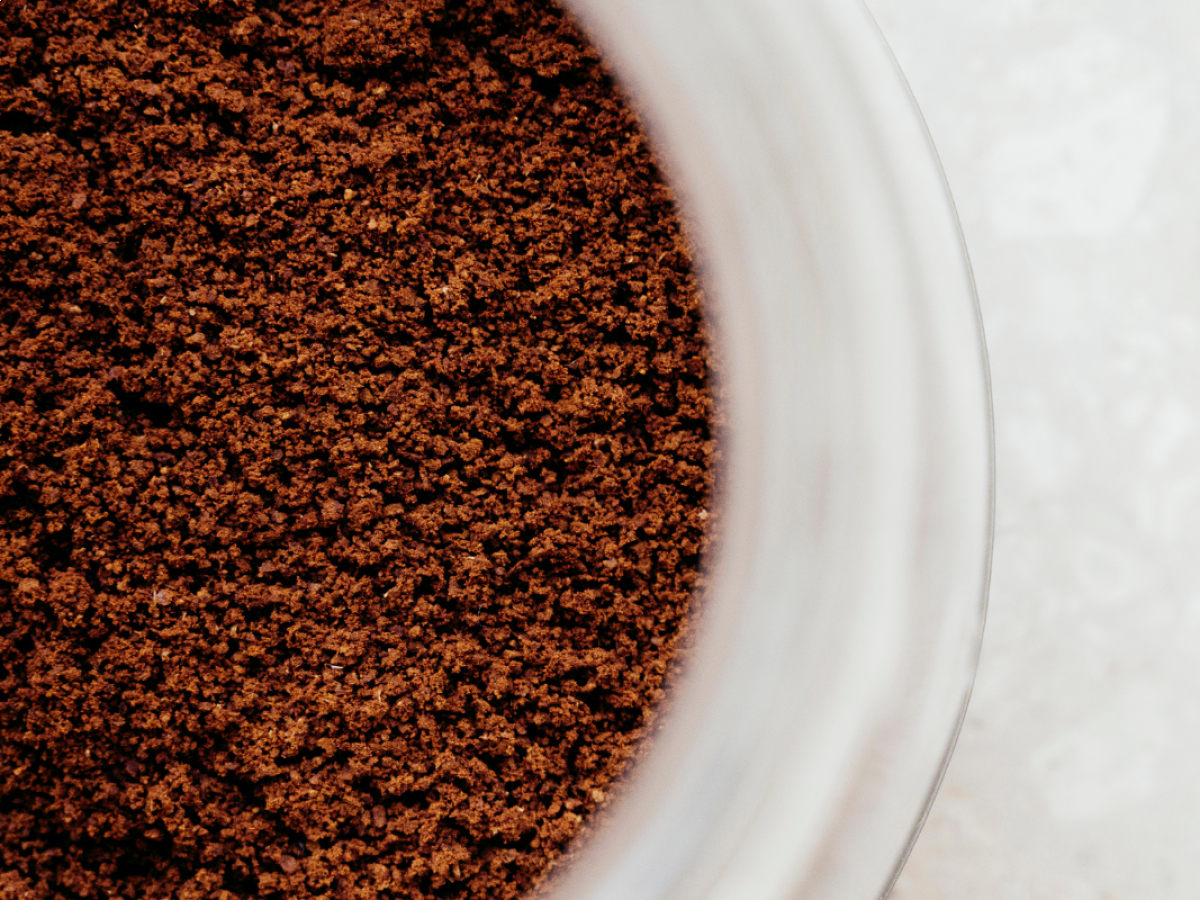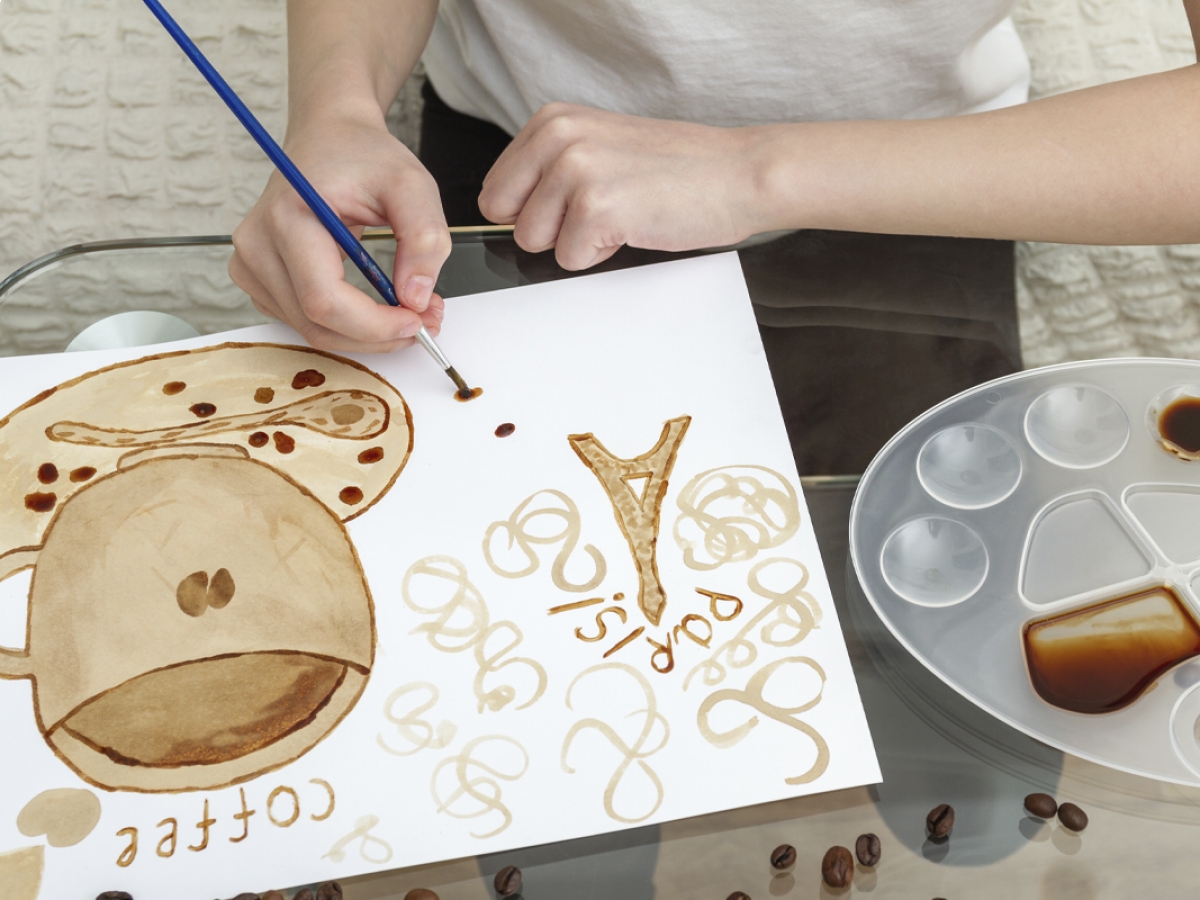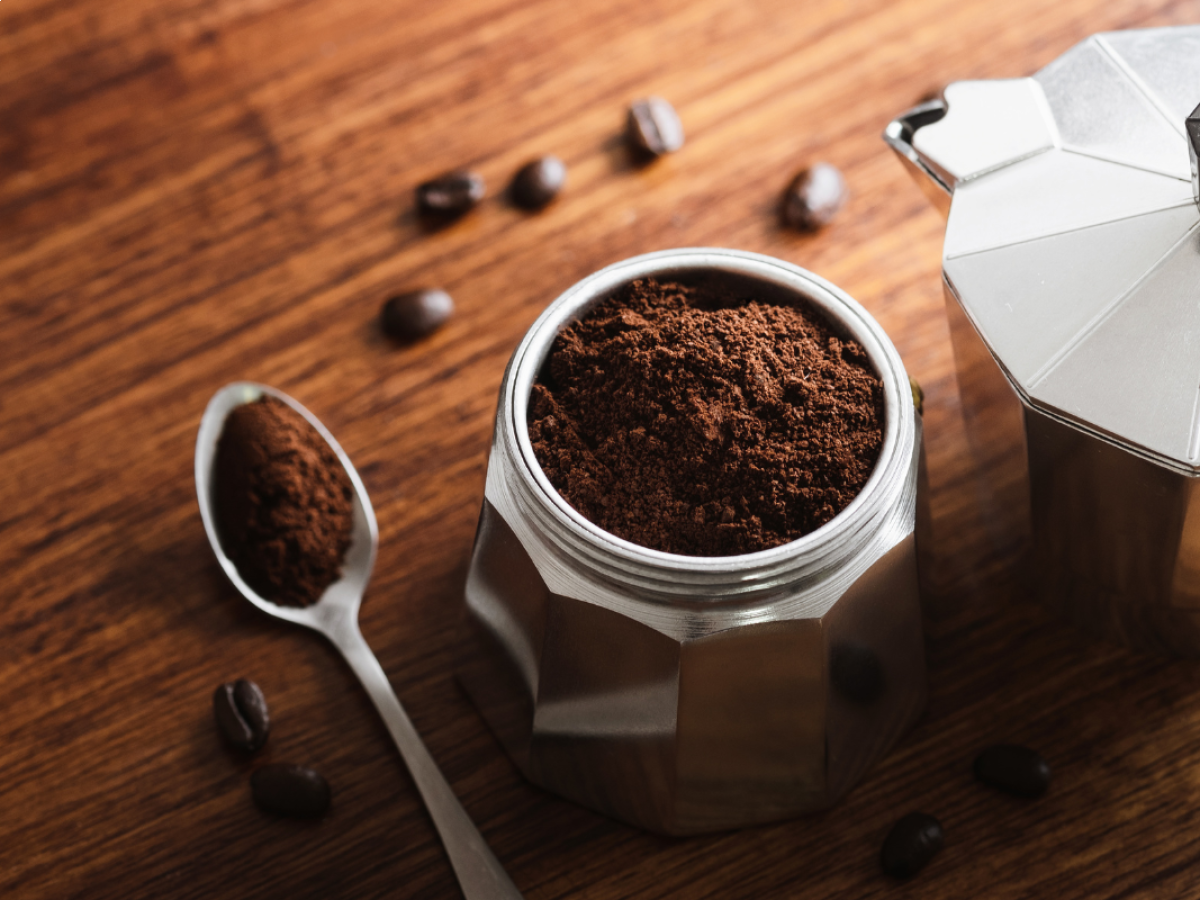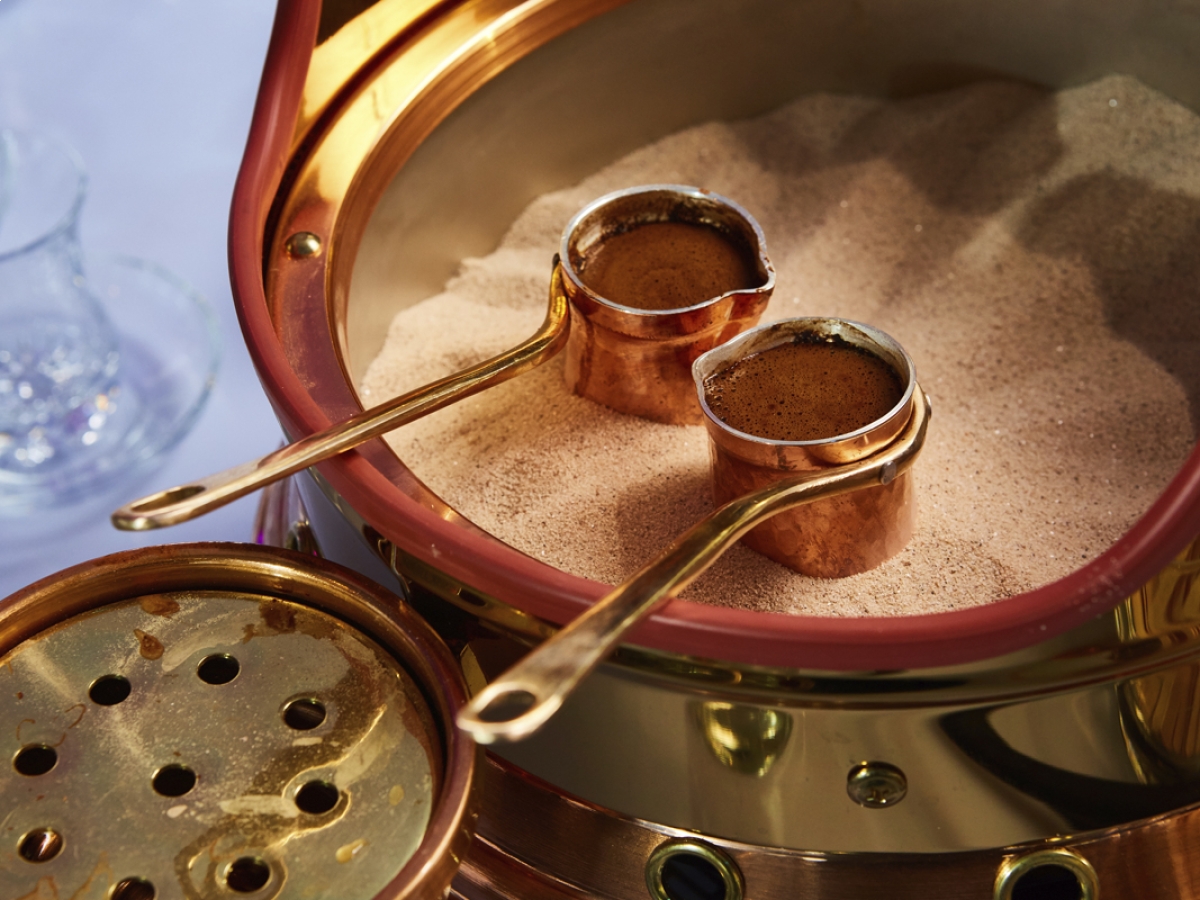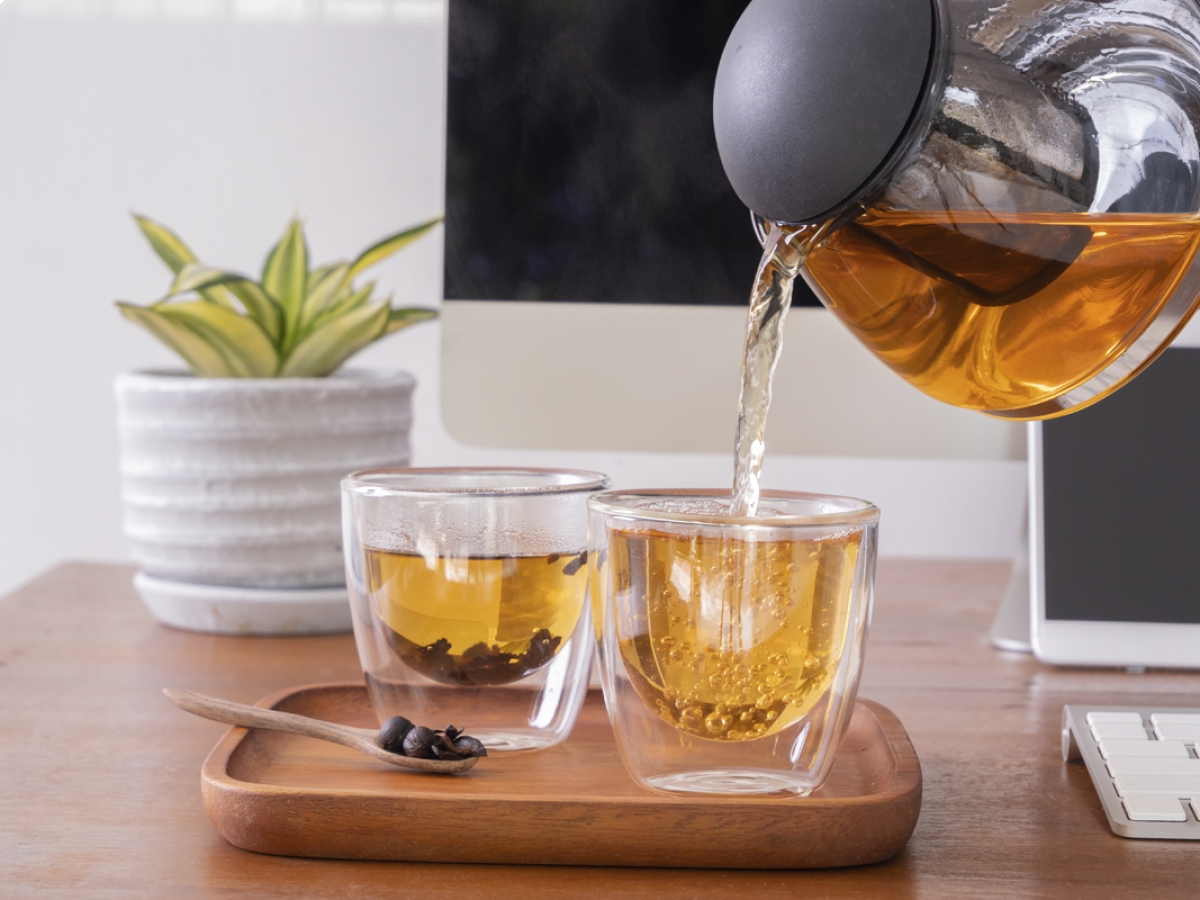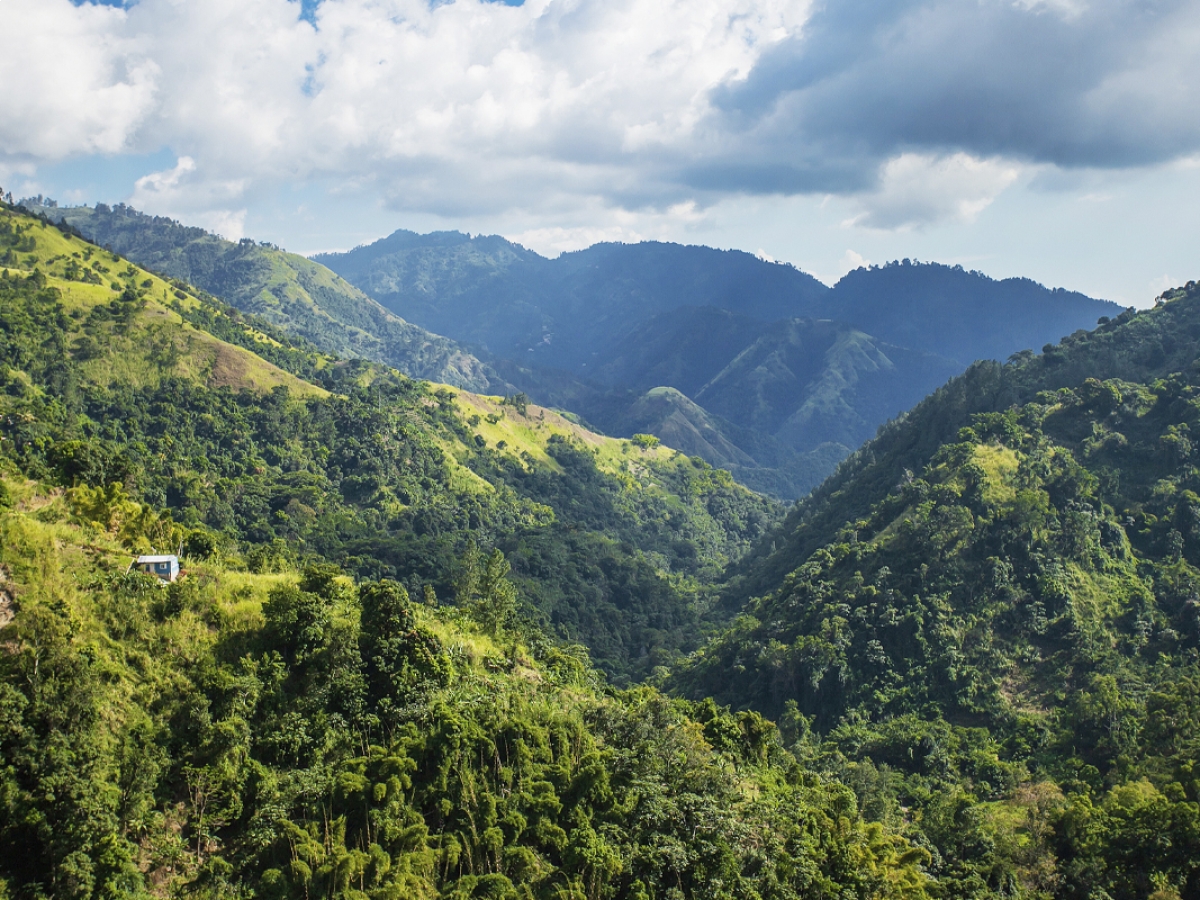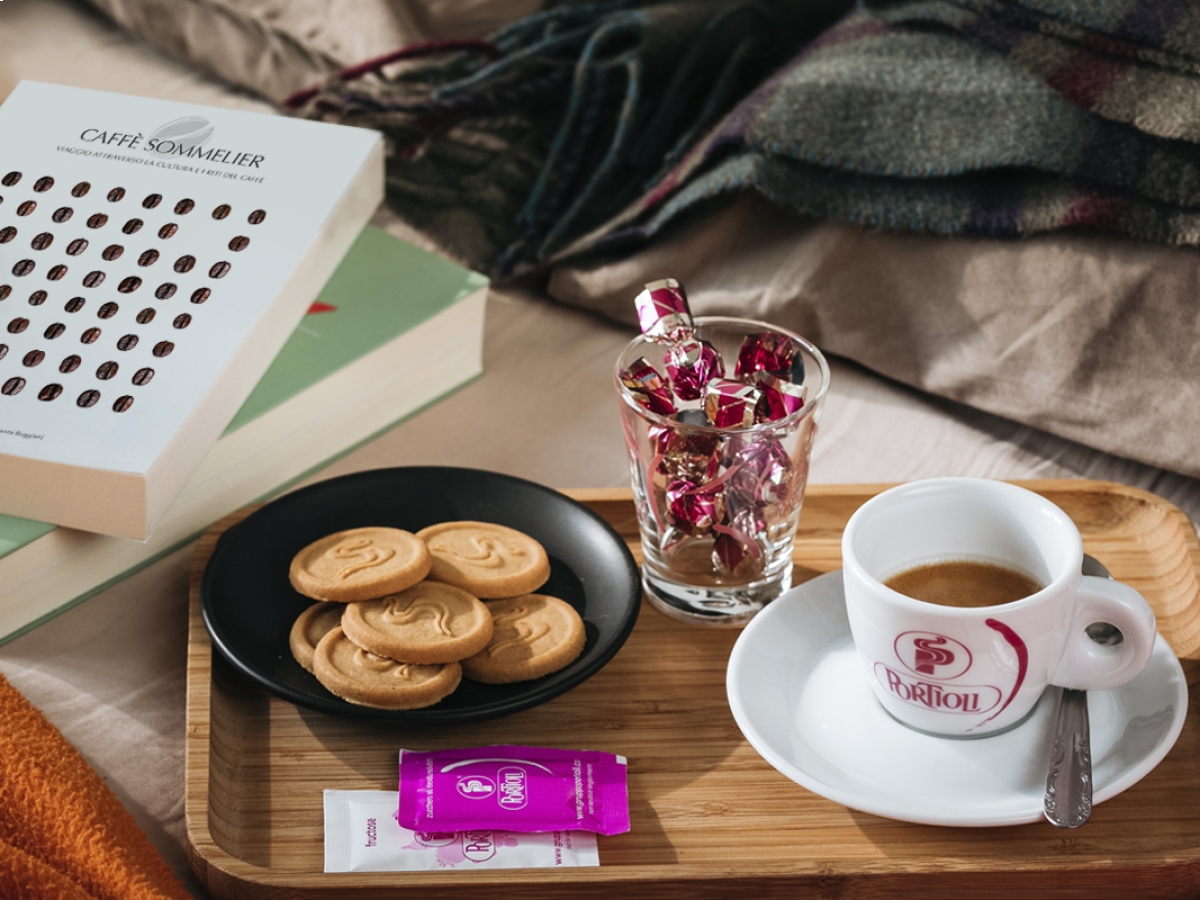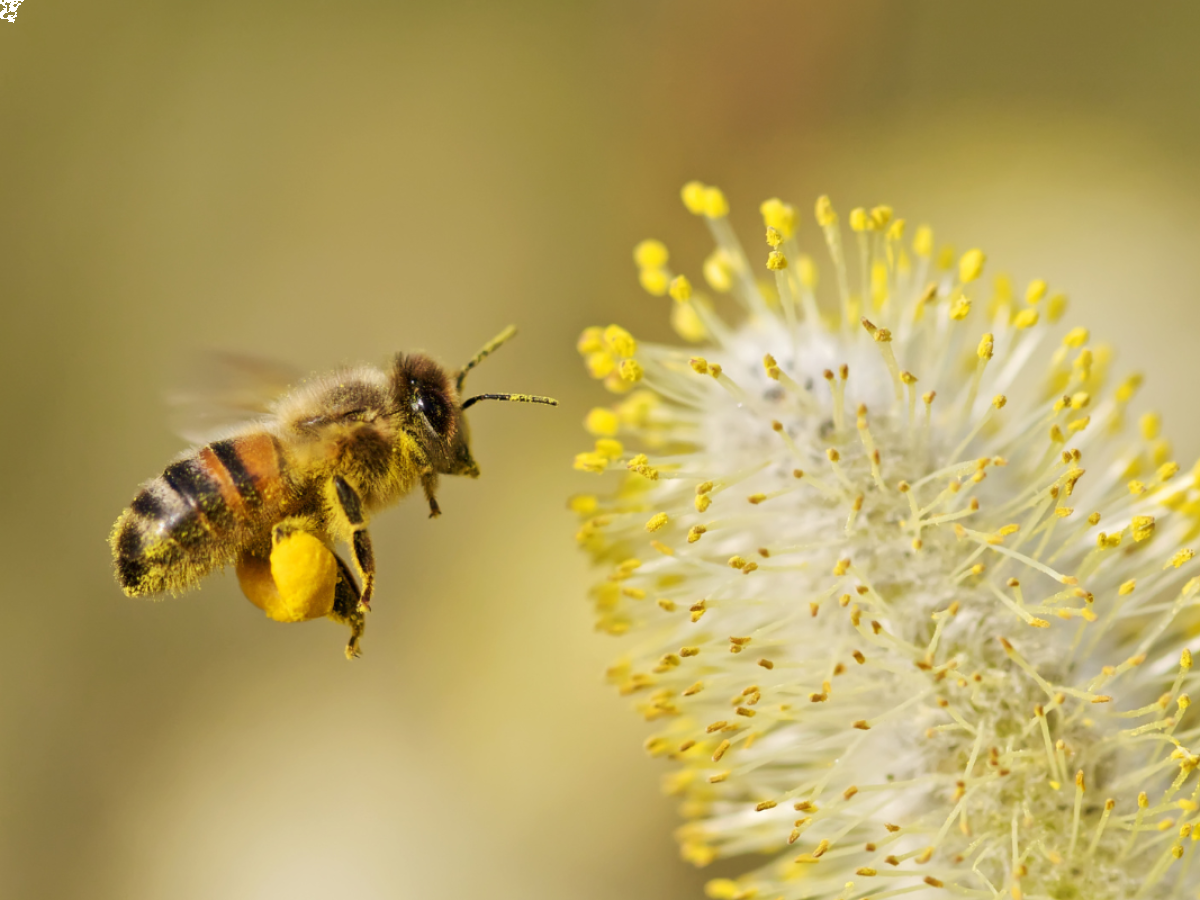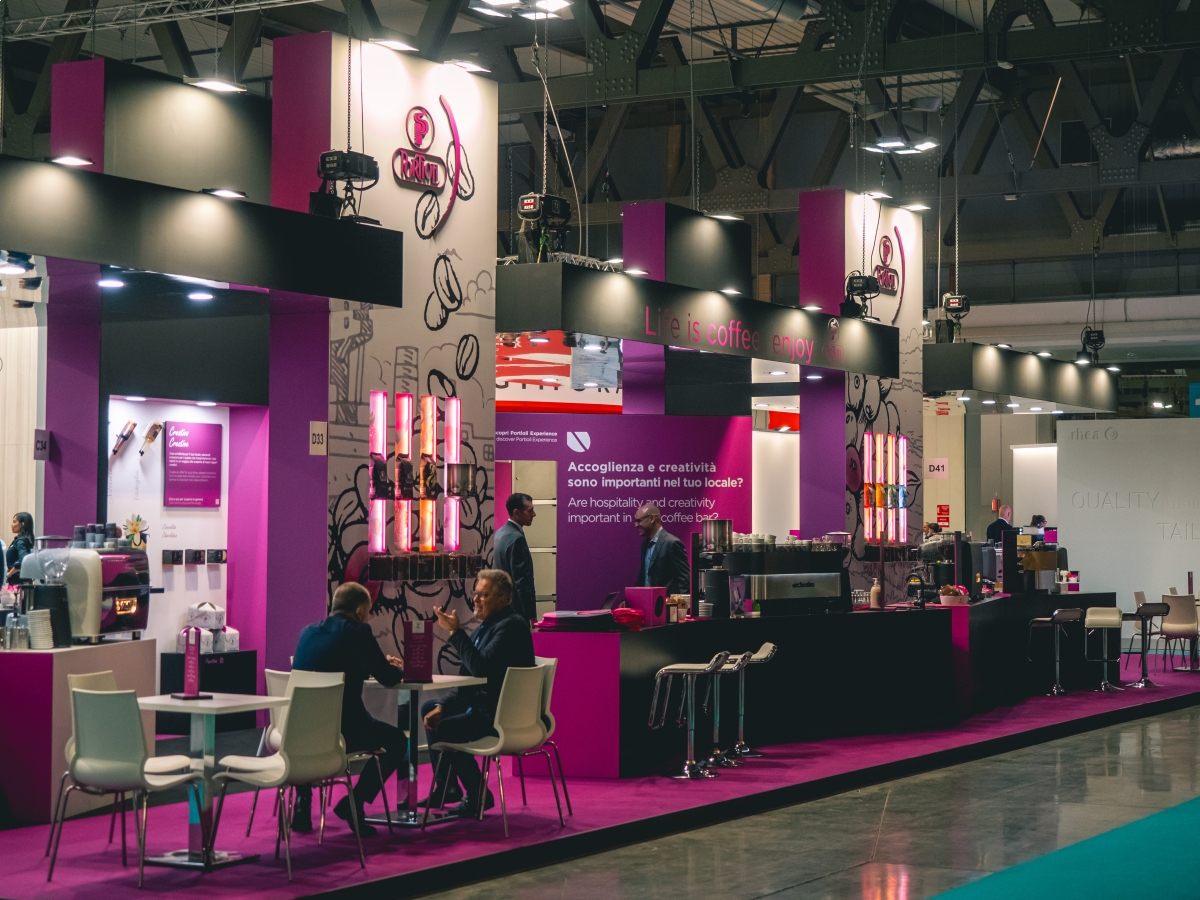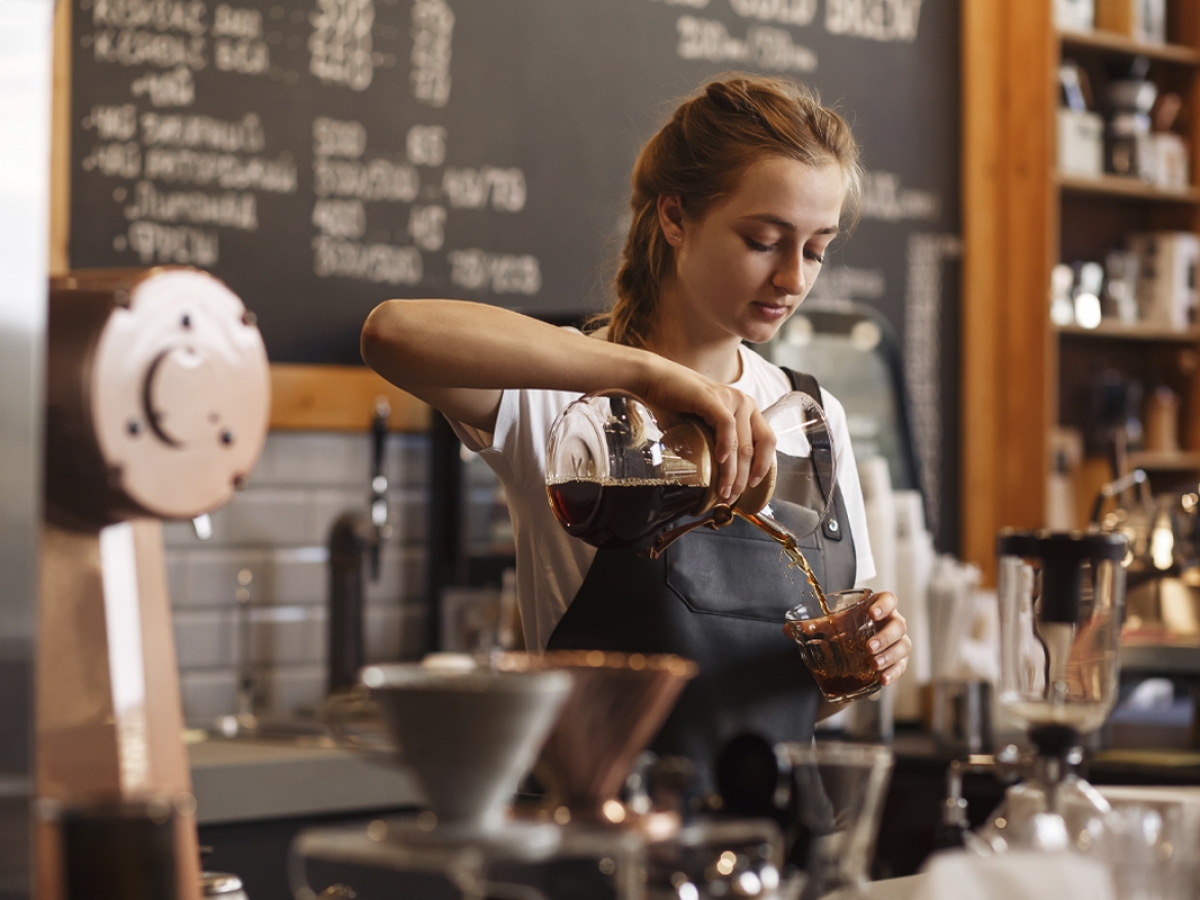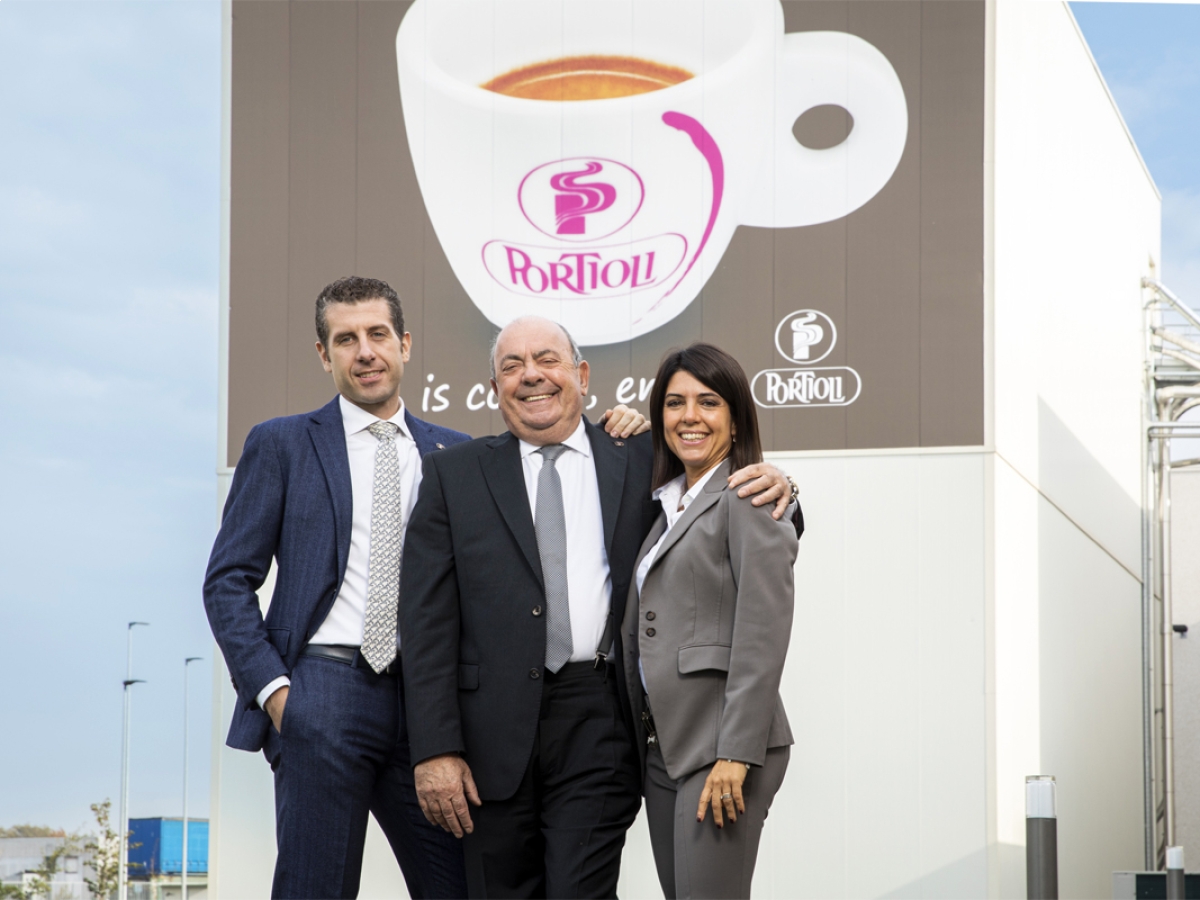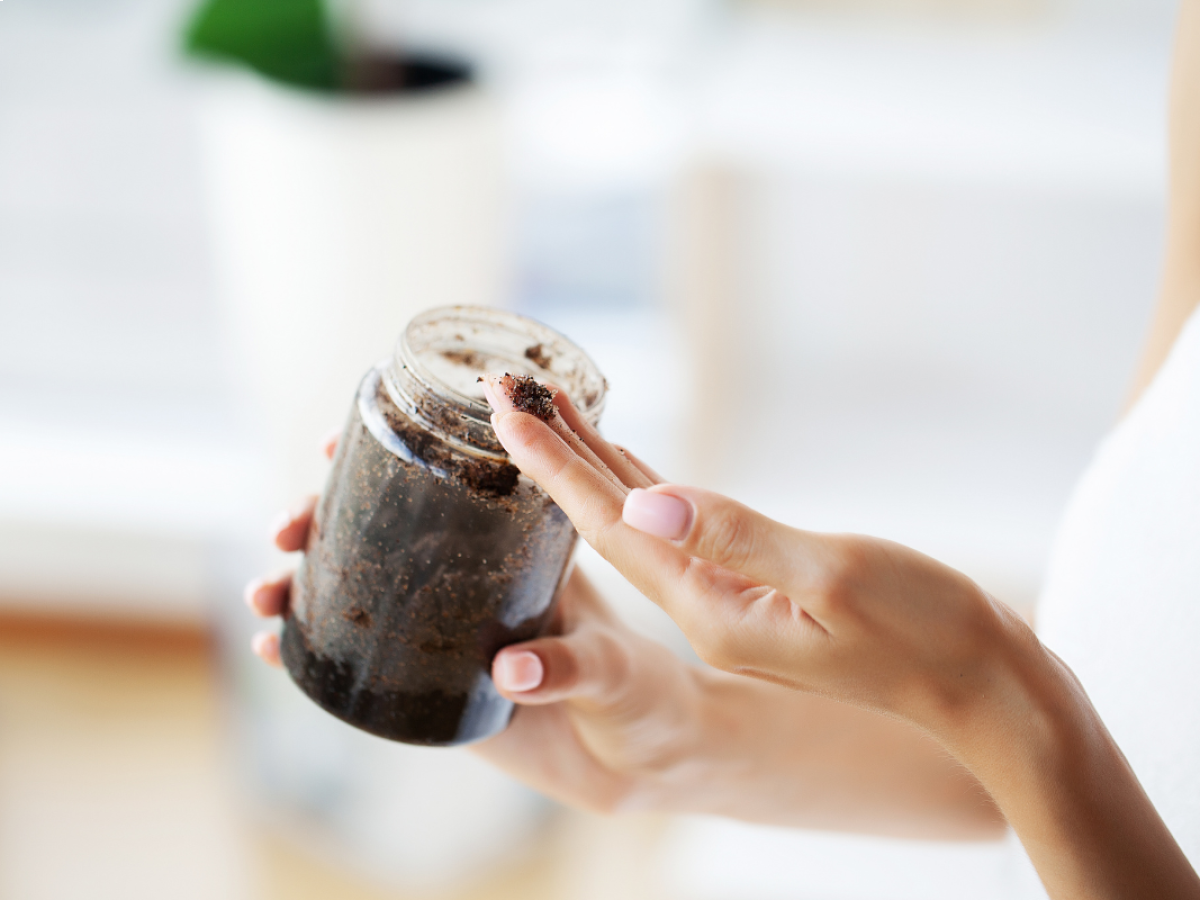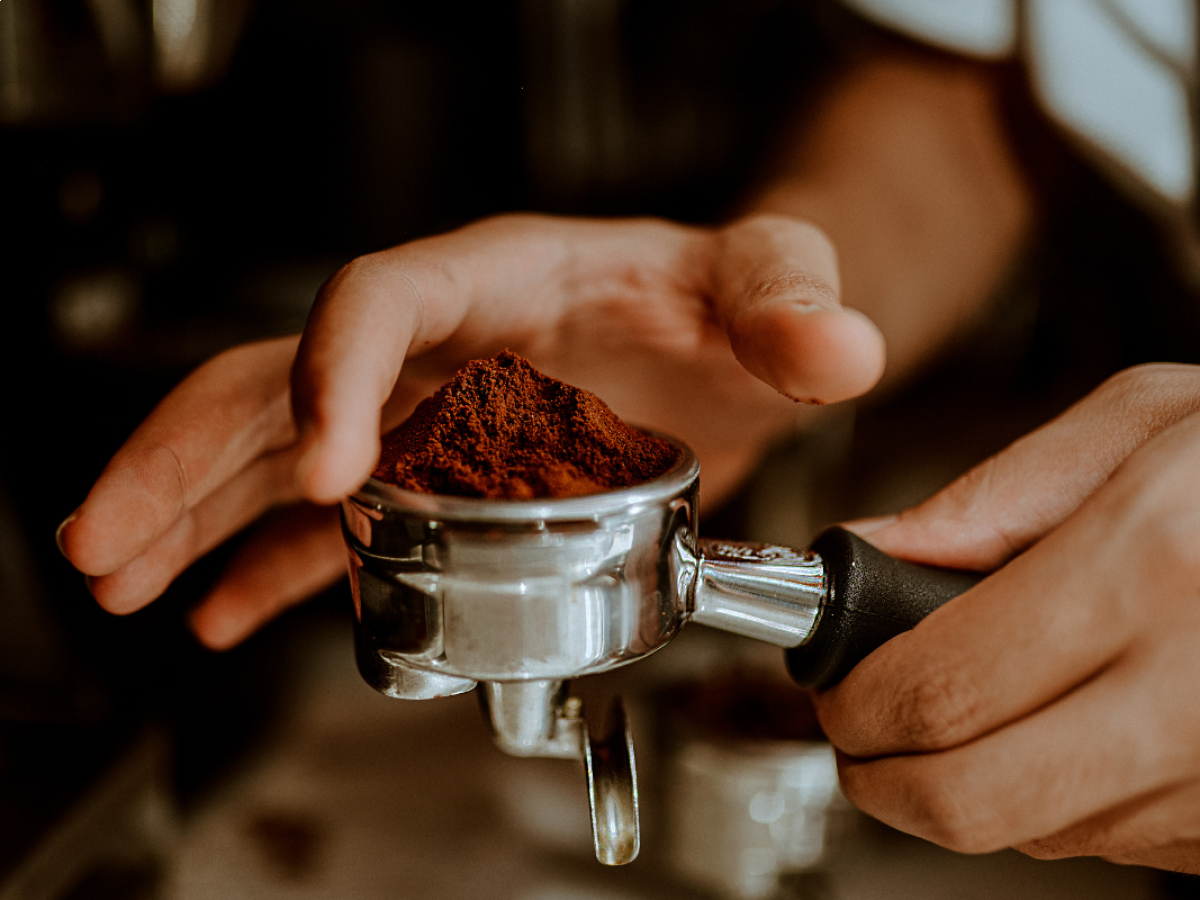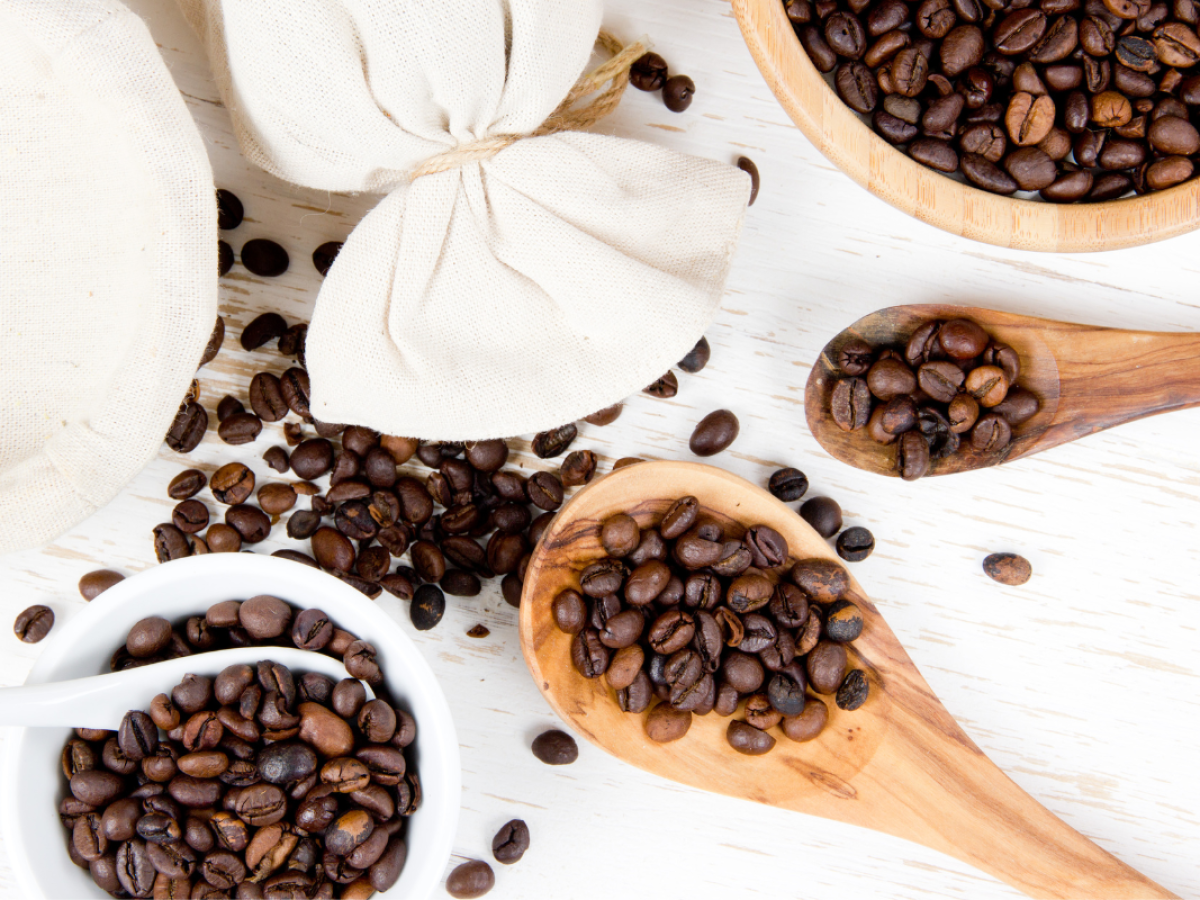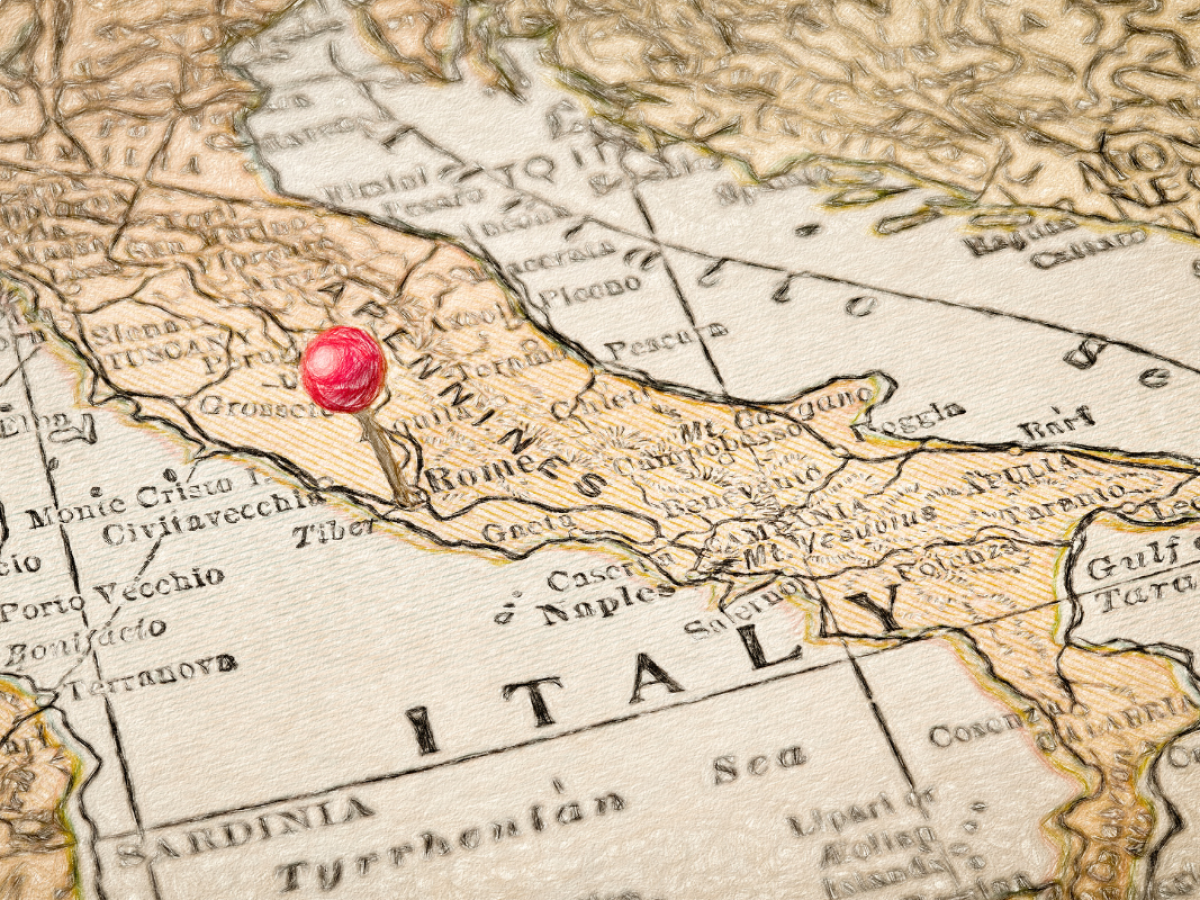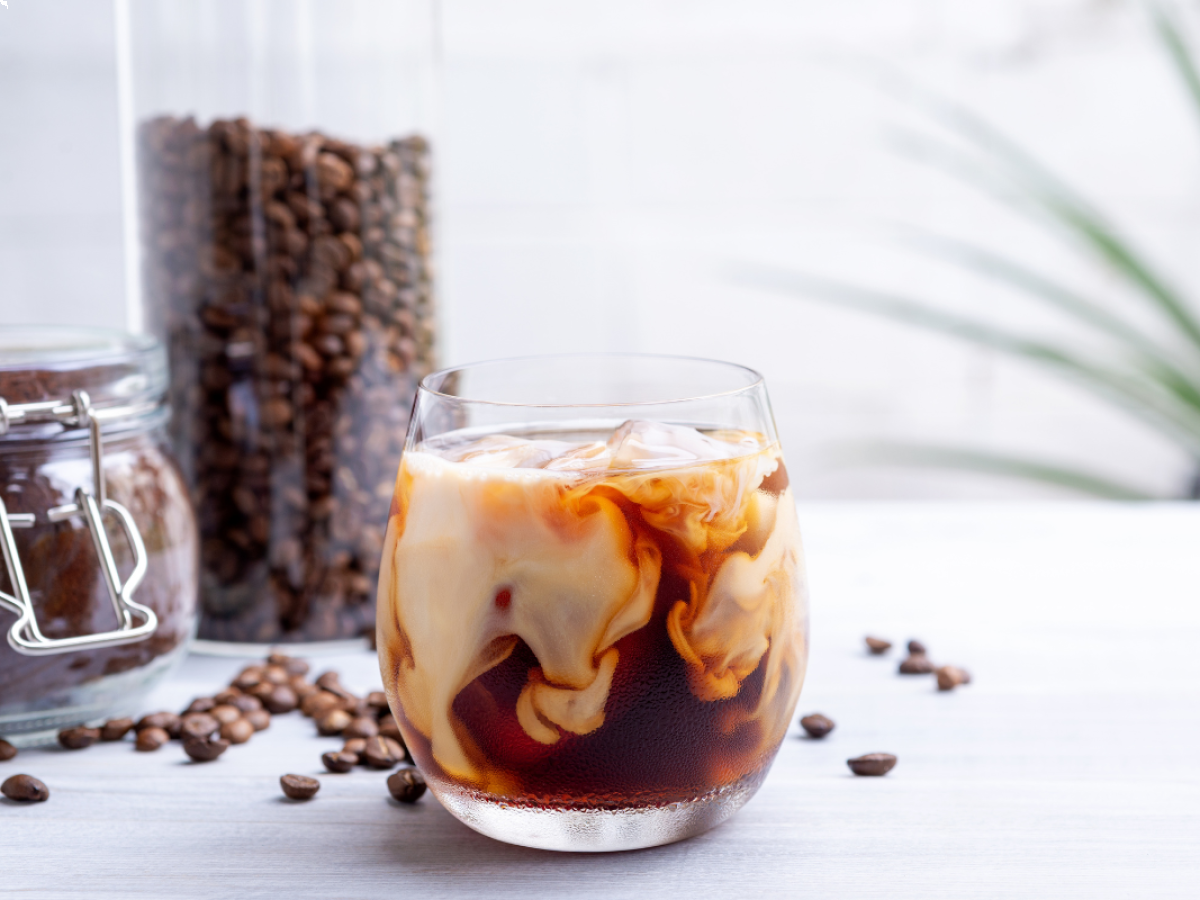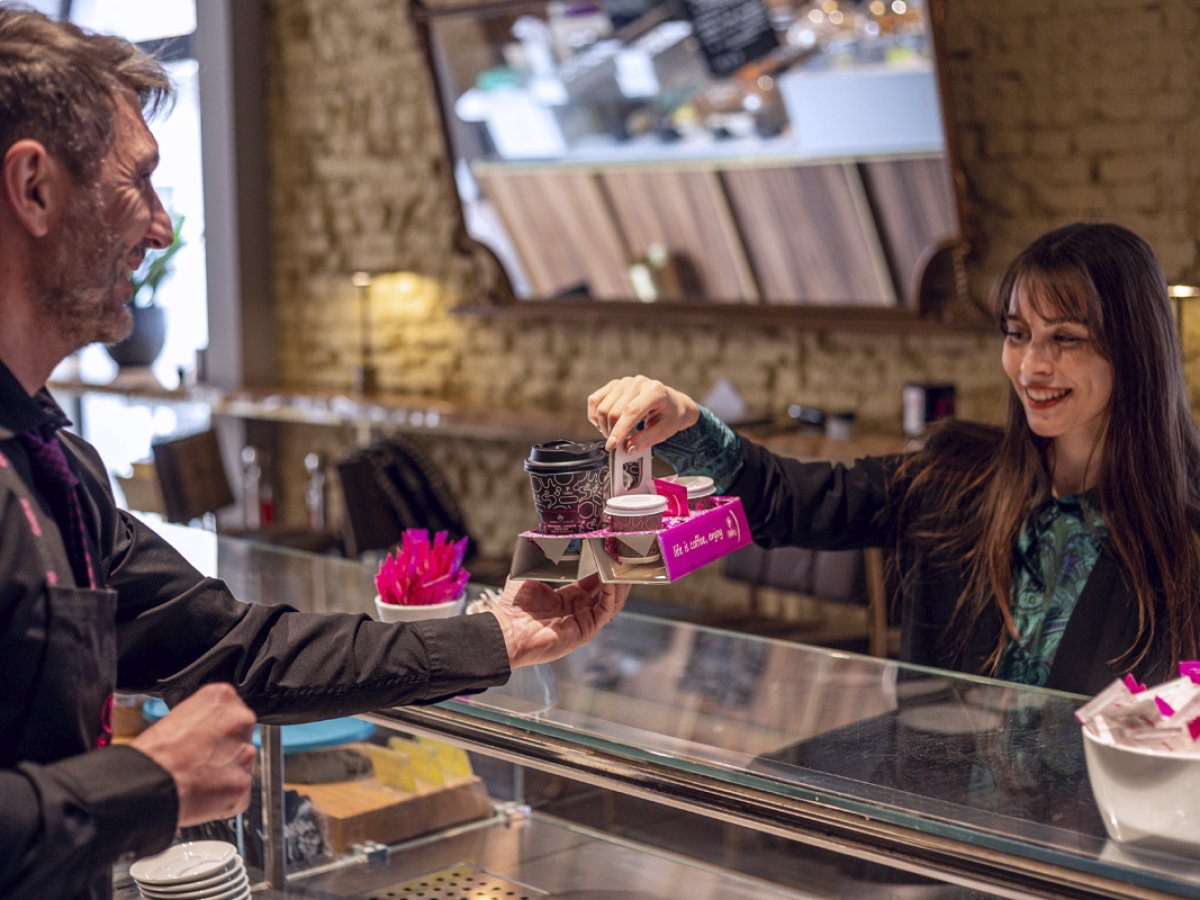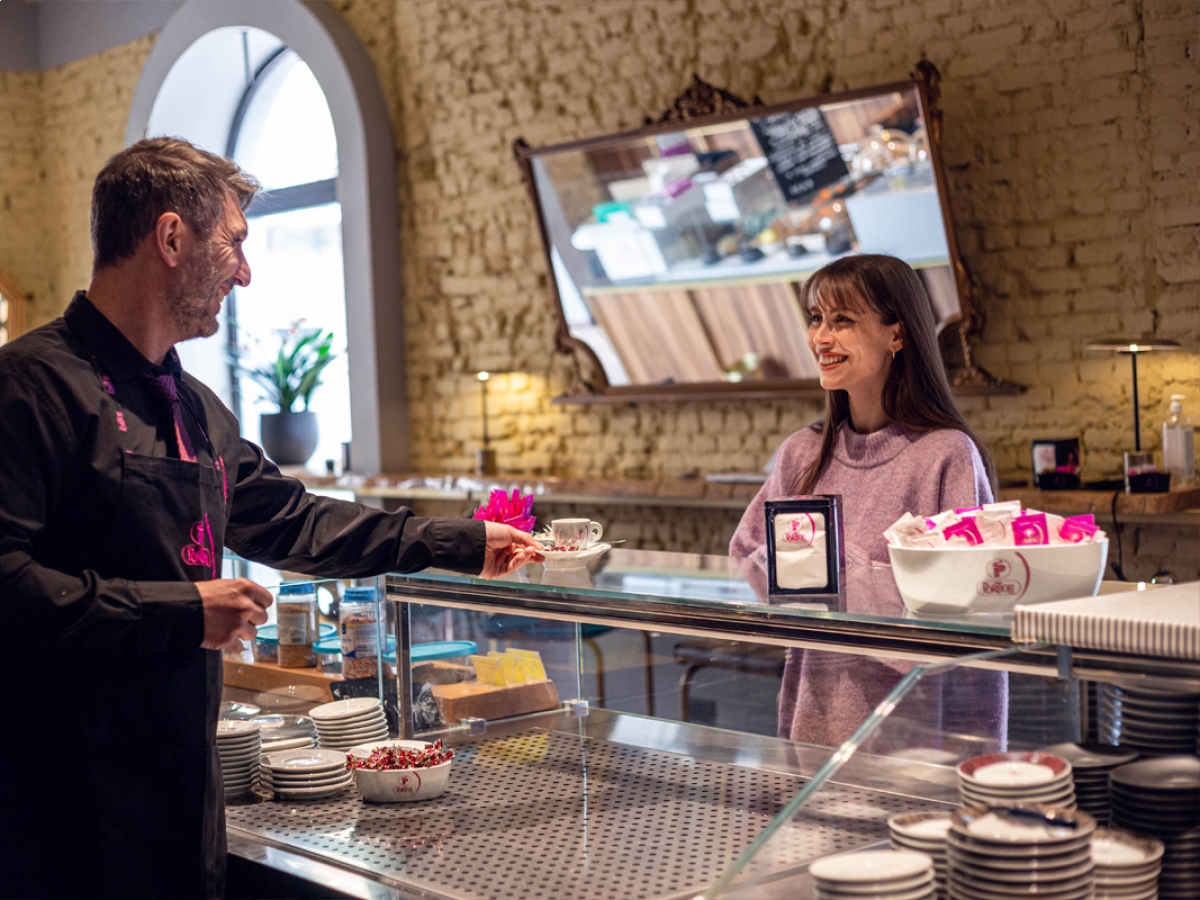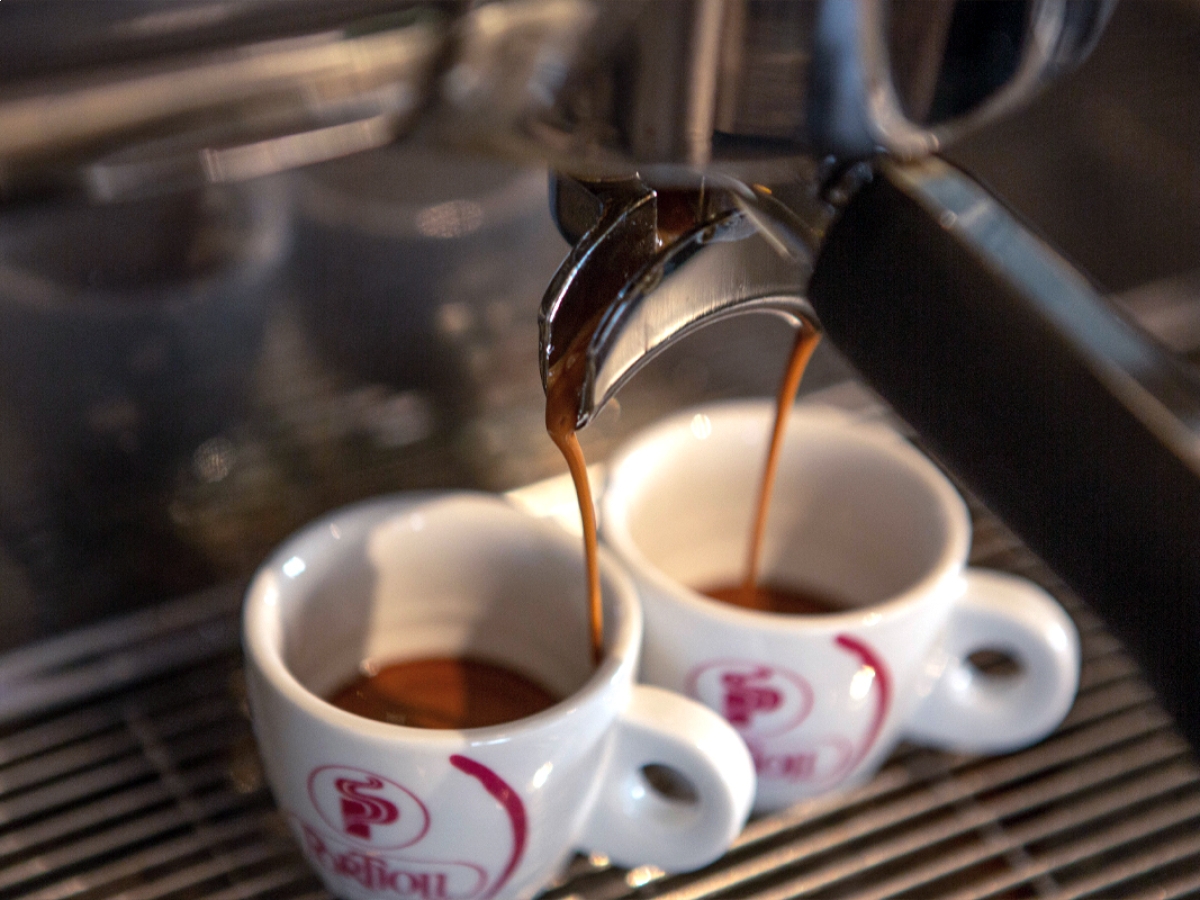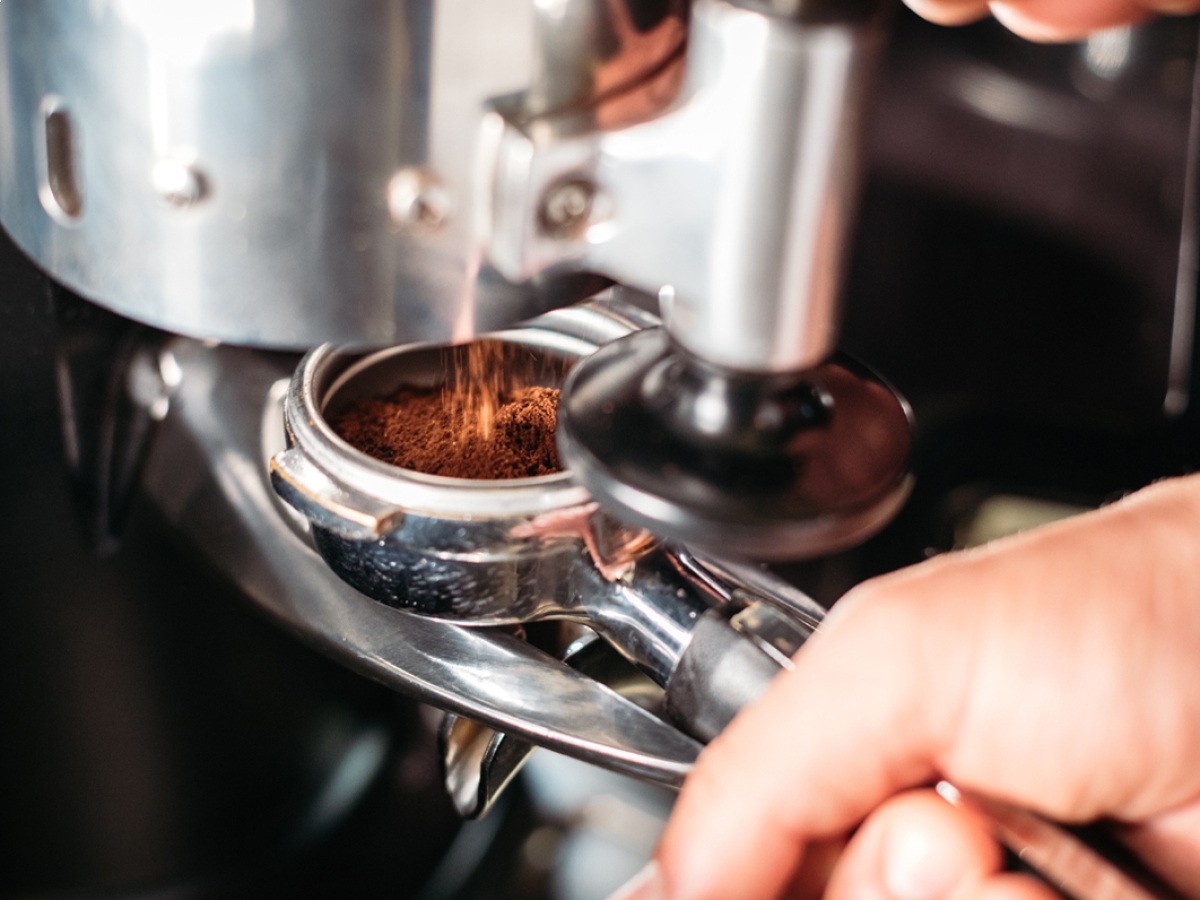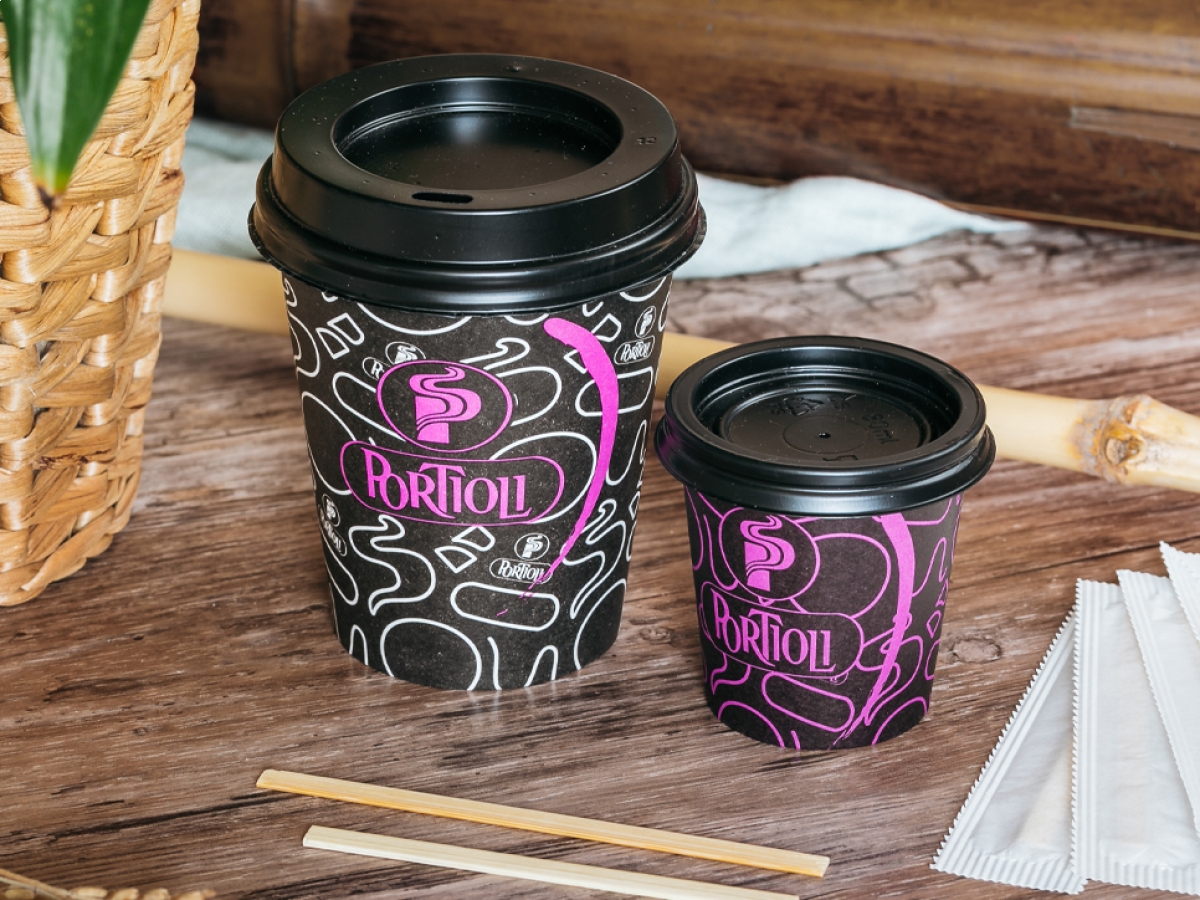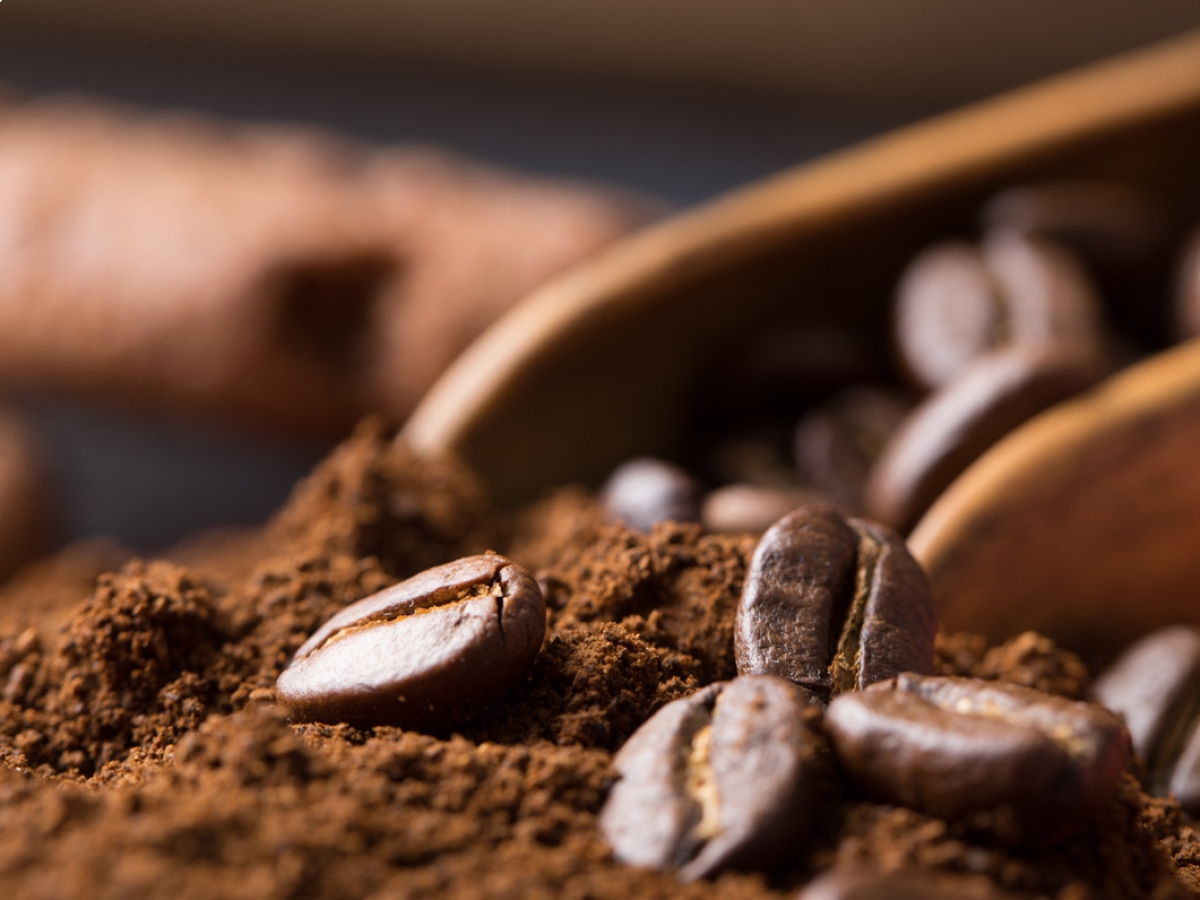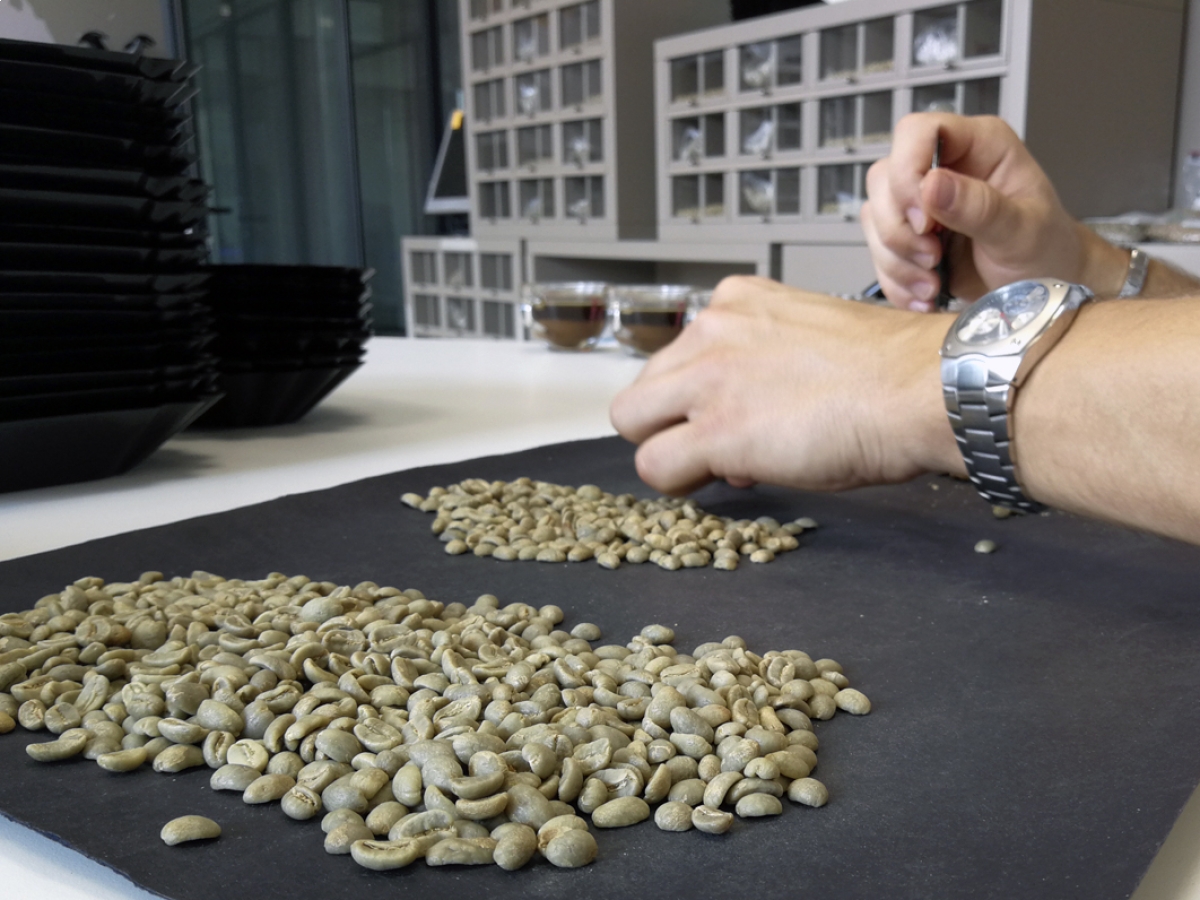
Portioli has always represented excellence in coffee bean processing. After careful selection of the individual qualities in the countries of origin, raw coffee beans arrive at our plant, inside big bags. Thus begins the delicate process of coffee processing distinguished in 4 stages, from cleaning and sectioning the coffee to its packaging.
Let us see together what the characteristics of the best beans are and how to recognize a superior quality coffee to have every time a perfect espresso.
Coffee beans - Size
Coffee beans vary in size depending on the species of coffee and how it is grown. The size of beans can vary greatly according to the different coffee varieties. Arabica quality bean tends to have an elongated (flat) shape, while the Robusta quality bean is generally rounded.
There is no "best" size for coffee beans in terms of quality. Coffee quality depends on many factors, including plant variety, soil, growing method, harvesting, processing, and roasting. Size however is not a direct indicator of coffee quality.
There is a general tendency to think that larger coffee beans are of slightly higher quality than smaller coffee beans because they may contain more sugars and aromatic substances, but this belief must be debunked as many fine coffees are composed of beans of different sizes, even smaller ones.
It is important to evaluate coffee based on many other factors, such as aroma, flavour, sweetness, acidity, body, and balance.
Coffee bean - Characteristics
Coffee bean is the seed of the coffee plant and is rich in components that give the beverage its typical aroma. Some of the main characteristics of the coffee beans are listed below:
1. Aroma - Coffee bean has a distinctive aroma that depends on the variety of coffee and the way it is roasted
2. Taste - The taste of coffee depends on the coffee variety, the way it is grown and processed, the degree of roasting, and the extraction techniques
3. Acidity - Coffee bean contains natural acids that can give coffee a sour and vibrant flavour
4. Caffeine - Coffee bean contains caffeine, a natural antibody found in beans
5. Oil - Coffee bean contains essential oils that give coffee its distinctive aroma
6. Sugars - Coffee bean contains natural sugars that affect the flavour and body of coffee
7. Colour - The colour of the coffee bean varies according to the variety of coffee and subsequently the degree of roasting
How to recognize a superior quality bean
Recognizing a premium coffee bean depends on several factors, including the variety of coffee, area of origin, degree of roasting, and freshness. However, listed below are some indicators that can help identify a premium coffee bean:
1. Fragrance - A high-quality coffee bean exudes an intense and pleasant aroma
2. Appearance - High-quality coffee beans are uniform in size, shape and colour
3. Roast - A high-quality coffee bean has a uniform roast, without stains or burns
4. Freshness - High-quality coffee beans should be fresh and not be stored for a long time
5. Origin - A high-quality coffee bean comes from a production area recognized for the quality of its coffee
6. Acidity - A high-quality coffee bean has good acidity, which gives the coffee a vibrant flavour
7. Body - A high-quality coffee bean has a balanced body and a round texture
8. Flavour - The flavour of coffee depends on the variety of coffee, but a high-quality coffee bean should have a complex and well-balanced flavour, with notes of sweetness, acidity, and bitterness.
In short, recognizing a high quality coffee bean requires a keen eye and a good knowledge of coffee varieties and how they are produced and roasted.
Portioli coffee laboratory is responsible for selecting, researching and controlling, with extreme rigor, the best qualities of raw coffee that will compose the symphonic orchestra of flavours: the blend. To guarantee a high level of raw materials, our quality laboratory carries out specific sensory analyses, established by an international protocol related to the coffee market. It starts with visual analysis, then moves on to Brazilian-style tasting until the final evaluation of all the characteristics of a given batch of raw coffee.
Related articles
Portioli Express
Home and office shopping
Experience authentic Italian espresso right at home with our premium blends in a variety of formats.
Go to the shop










